The 8 Best Baby Nursery Colors
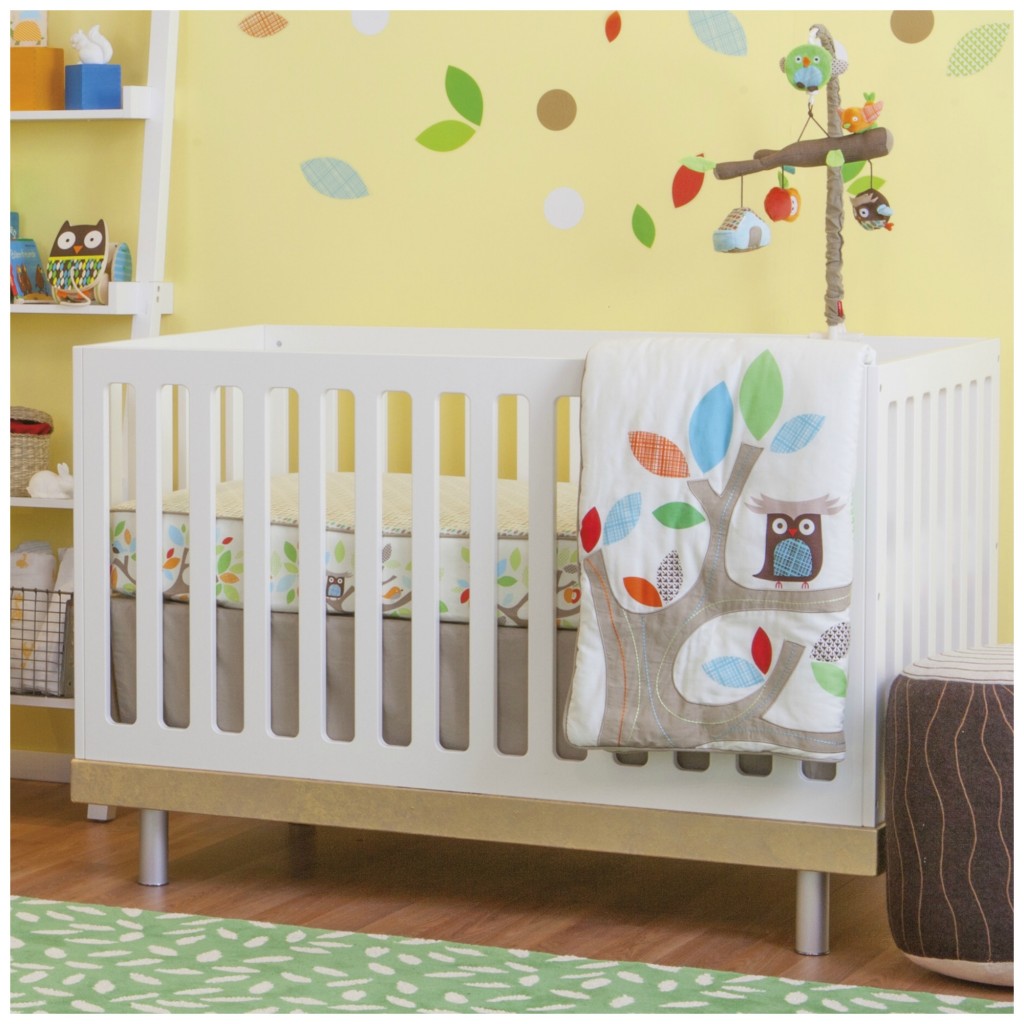
Congratulations, you are expecting a baby! When preparing for your newcomer, it is worth considering what type of kindergarten you want to set up. Kindergartens are one of the most fun spaces to decorate as you can really have fun with your design. However, the choice of colors for your nursery seems a bit overwhelming. Don’t worry, we’re happy to help! Here are a few things to consider when choosing your colors.
How other bright colors can affect your baby
We don’t know exactly how color affects children, but we do know a lot about how older children and adults react to color. Children have a very good chance of a similar reaction. Therefore, it is important to consider color theory when choosing a color for kindergarten.
The whole thing goes on for a lot of children! These are constantly growing and developing. So you want to make sure you remember it. You want something that is both enjoyable and exciting.
Brightness such as red, orange or yellow should be used sparingly. These colors are great as accent colors as they add some energy and vitality to a room but can be very shaky with the baby used as the main wall color. The lighter version of these colors (like pastel yellow) can be used on the walls, but you want to make sure you don’t overdo it.
You also want to make sure that you stay away from dark colors. A dark place can certainly change an adult’s mood, so it’s entirely possible that the same can be said of children. Use dark colors as accents and stick to light colors on the walls.
With that in mind, the next thing to consider is whether you want to go for the traditional gender-specific theme color or stick with something more neutral.
The color of girls
Pink is probably the most common color for girls. In its soft form, it can be very comforting for children. It has a warm color and makes the rooms very comfortable and beautiful. Lavender is a great option if you want the same feel with pink, but in most cases don’t want to go like you did in the mountains. Lavender creates a very calm tone and a very calm and serene place.
Colorful from the baby
Blue is the classic baby boy Hugh. It has a soft natural blanket that makes it ideal for use in kindergartens. The shadows make a huge difference, however. Soft blue is best for wallpaper wall paints because dark tones can be very heavy.
Neutral baby colors

If you don’t want to stick to a color that is strongly masculine or feminine, your options are many. Ideal for using greenery in a learning setting, which makes it ideal for kindergartens. It’s strong and stimulating, but also very calm. Yellow is also a good neutral choice. Its bright and sunny feeling brings a certain warmth to a room and it should also help with density. Just make sure to paint all the walls yellow and yellow, which can excite a very bright baby.
Brown is a great gender-neutral color for a kindergarten. It’s a very warm color and can really create a cozy place. Just pay attention to the shade of your choice. Stick to bold chocolate tones or lighter shades paired with softer neutrals. If you like the brown concept but want something cooler, gray is a great option. Again, paint your chosen gray type with light colors and try combining them with brightly colored, light pops to prevent it from feeling too dark.
Of course there is always white! White is the perfect choice for a kindergarten. It’s authentic and simple, and creates a clean background for any accent of color. The white color scheme in your nursery gives you some design freedom as you can easily change your accent piece.
A Scientist and a Designer Walk Into a Nursery: How to Pick the Best Color for a Baby’s Room
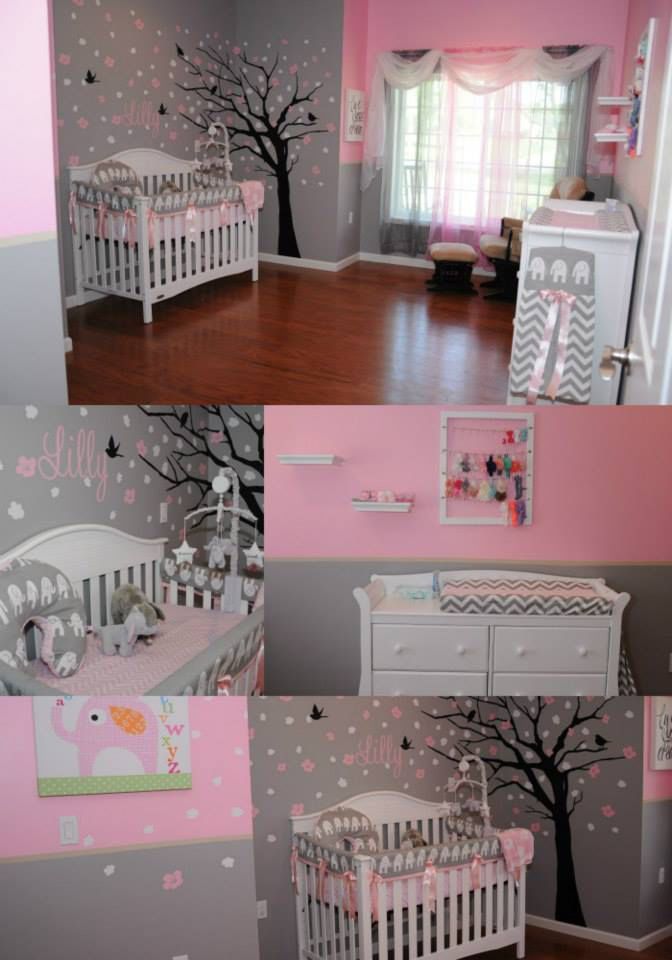
When sorting out the kindergarten, nobody just piles up the “color”. One hammers a hao. You look at other people’s rules and illegal opinions about gender and culture. At some point (hopefully) you will settle in a color that is somehow cheerful, relaxing, inspiring and conducive to sleep. It’s not just for kids, by the way. You could not comment at first. It is exactly the same for a parent who will spend the first few years in Cribside. The color of the nursery paint surely amazes the wonders of life and the vague pooh stains at the same time. That’s a lot to ask about latex.
So do what parents do and blow it up with the help of experts. Sally Augustine, scientific director, is happy to help with the doctorate.
“Over time, a child’s vision becomes more intense,” he explains. “At first I was more about creating a relaxed space for parents.”
- Are you planning to send these fruits back to your children’s school?
- Yes. I believe our schools are taking precautions.
- No. We do not consider reasonable precautions to be appropriate
- I’m not sure yet. It depends on how things go.
“A children’s home is their own place,” said Maria Killam from Color Me Happy. “We want our children to be happy. We try a little harder to find the color that we children like.”
Okay, so scientists and designers don’t quite agree on who working with children’s room colors is primarily intended for. It’s good. Because they agree to some color effects that parents should consider in order to create a cozy sanctuary for themselves and their children. Better to break it like this.
Green
What the Experts Say: Research has linked green to the effects of peace and improved creative thinking. This makes it the backdrop for an ideal bedtime story. The tugboat voice that rang out in your workshop amplifies the humorous effects and creativity to calm you down while you sleep.
Pick Your Color: “The color of comfort is relatively bright and not saturated,” says Augustine. “Many white Kelly green mixed greens are greener and more comfortable than gray. Kelly Green is light green, not too light and stronger. ”
Yellow
What the experts say: Despite the great tradition of drawing a happy face on the sun (this works in the refrigerator), yellow is the most popular color in the world. “People like it or hate it. There is no middle ground,” Kilam said. However, it is considered gender neutral (except green), the kindergartens are still often painted yellow. It may work, but it takes a little good.
Pick Your Color: “The standard myth is, paint a kid’s room yellow and the kid will cry,” says Kilam. “Okay, yellow is the first color the eye is sure to see. If you use primary yellow, this is true. If we paint our bedrooms brightly, we’ll all cry. The strategy is to use a light, creamy shade. Using colors closer to white gives flexibility in decorating the rest of the space.
Blue
What experts say: blue is generally preferred when yellow is hated. The combination of natural sea view and peaceful cloud view has a calming effect. “We have a positive cultural connection with [Neel]. We associate it with calm and reliability, ”said Augustine. If you hike in color, go with blue.
Choose your color: nobody is the best shade. Augustine advises: “If you get stuck, choose powdered or light gray blue. You will be happy.”
White
What the experts say: In addition to a spot magnet, white is involuntary. Augustine argued, “[Too much] reduces white. “You see these problems in the hospital. Painting a house perfectly white can be annoying.
Choose Your Color: Use white to soften light colors like yellow. Otherwise, reserve the perfect white for a tough finish like the baseboard.
Red
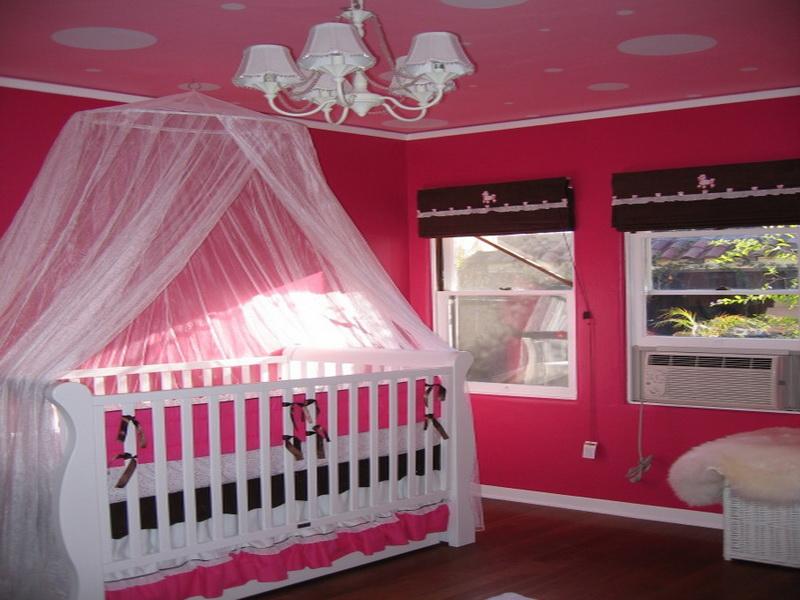
What the experts say: Red dismisses everyone The bed doesn’t vibrate right before bed. “Bright reds like Fire Track Red are especially stimulating,” warns Augustine. We’ve evolved to associate color with emergencies. ”
Choose your color: There is still room for red in the house. “Red gives us some energy. So if you have a weight room, paint one wall red, ”says Augustine. Now drop it and give 20.
Orange
What experts say: Orange and yellow are mutants in Rainbow Table 9 – nobody likes them. The difference is that yellow is only related to the lower price of orange when insulted, like a bargain bean or a sale label for a New York Knicks uniform.
Choose Your Color: Augustine says he should use orange as an accent color in things like stuffed animals or photo frames. Take the shadow of the pumpkin.
Undecided
What the Experts Say: Making a color decision is a common struggle, but starting with a blank board is a terrible idea.
Choose Your Color: Find a rug, piece of furniture, artwork, or a simple theme of your choice and use it as a starting point. Just choose which ones. “It’s hard to be happy about the color of the color when you pick one at random and don’t get any paints, carpets or the like,” says Kilam. “Once you pick a color that’s related to something in the house, you’re sold out.”
6 Best Colors for Painting a Nursery
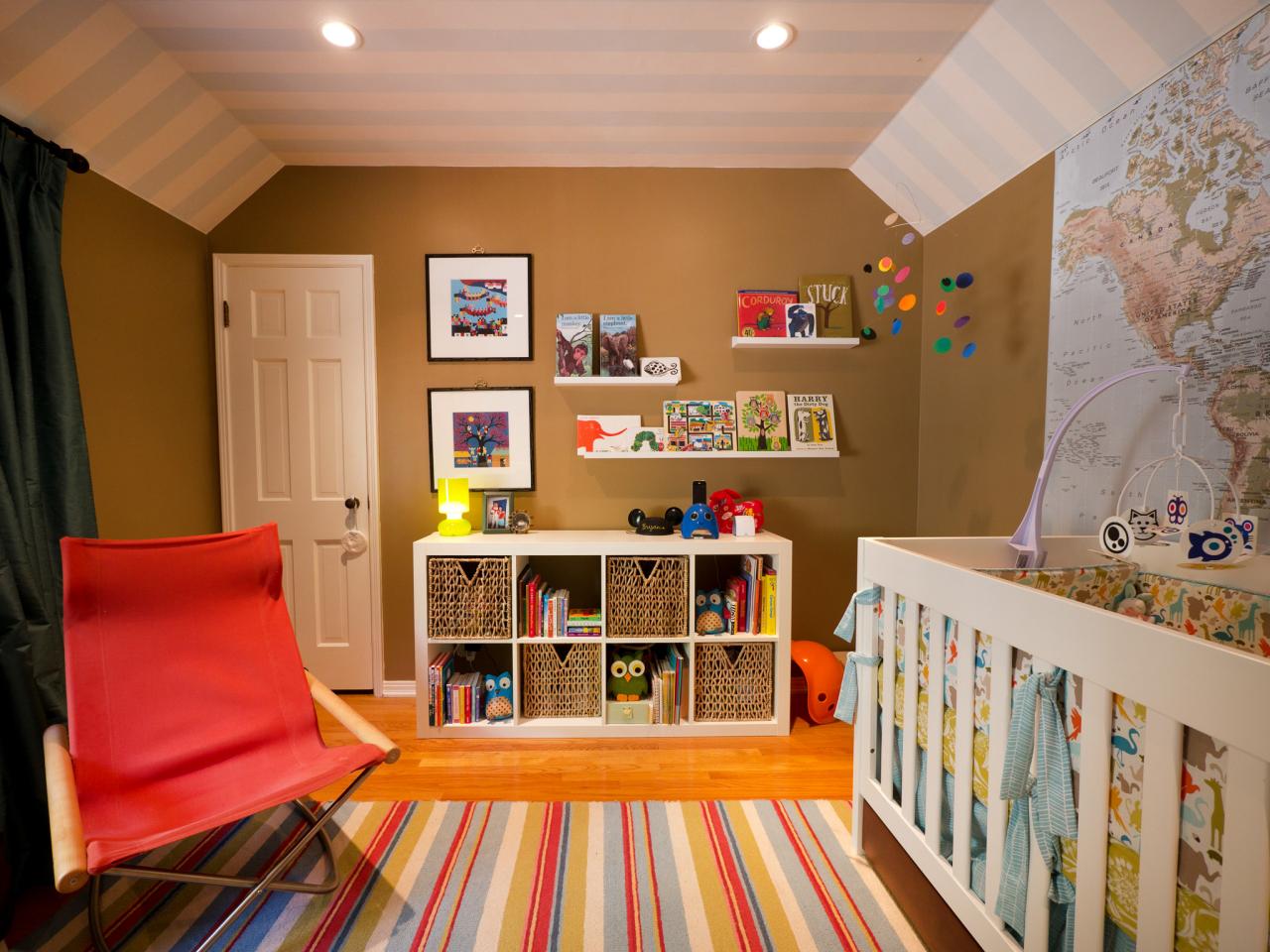
There are many considerations about home decor. Which sofa style should I get? How big is a dining table we need? And if you are expecting a baby, you have probably given a little thought to what color to paint the nursery. Did you know that, according to color psychologists, the use of certain children’s room colors like bright red or yellow can affect a child’s mood, sleep pattern, and even eating habits?
Color can dramatically change the interior of any room, but for kids, ideally, you want to choose a color in the spectrum that is calm, relaxing and nourishing. We have developed the best six colors for decorating baby rooms.
1. Fine blues
Soft, calm and serene, light and medium shades of blue are said to help relax the body and mind. Blue body tones have the opposite effect. So avoid them.
Blue can act as an ointment to reduce anxiety and palpitations. This cool color helps babies cool off and fall asleep. Good blue is a great color for a boy’s nursery school. The following colors are safe choices:
- Blue powder
- Alone
- Fali turquoise
- Duck eggs
- Evergreen
2. Maintain green vegetables
Bring green to your nursery design by drawing shades of green on the walls. Green has given the thumbs up so that children’s room color can be combined with health and wellbeing, and it is said to improve concentration and reading skills. You should choose light to medium color options for your best maintenance effect like blue.
Green is a gender-neutral choice. Some of the best colors are:
- Age
- Apples
- Olives
- Shao
- Mint
- Sea foam
- Aquamarine
- Winter
3. Feminine pink / elegant purple
Pink helps create a cozy and warm friendship for a small nursery. Using pink paint on the walls and pink for accessories can create a pink overload. Make sure you balance it with white or neutral and choose light shades, otherwise it can look garish.
If you want something different and a gender-neutral color, purple can work for either gender. Although purple baby is not a common choice for kindergarten ideas, it has become more popular lately. The right shade of purple, which has long been associated with kings, can transform a children’s home into a fabulous contemporary space. Why not use this pink / purple color:
- Pastel pink
- Peach pink
- Baby pink
- Lavender
- Purple
4. Earth-inspired neutrality
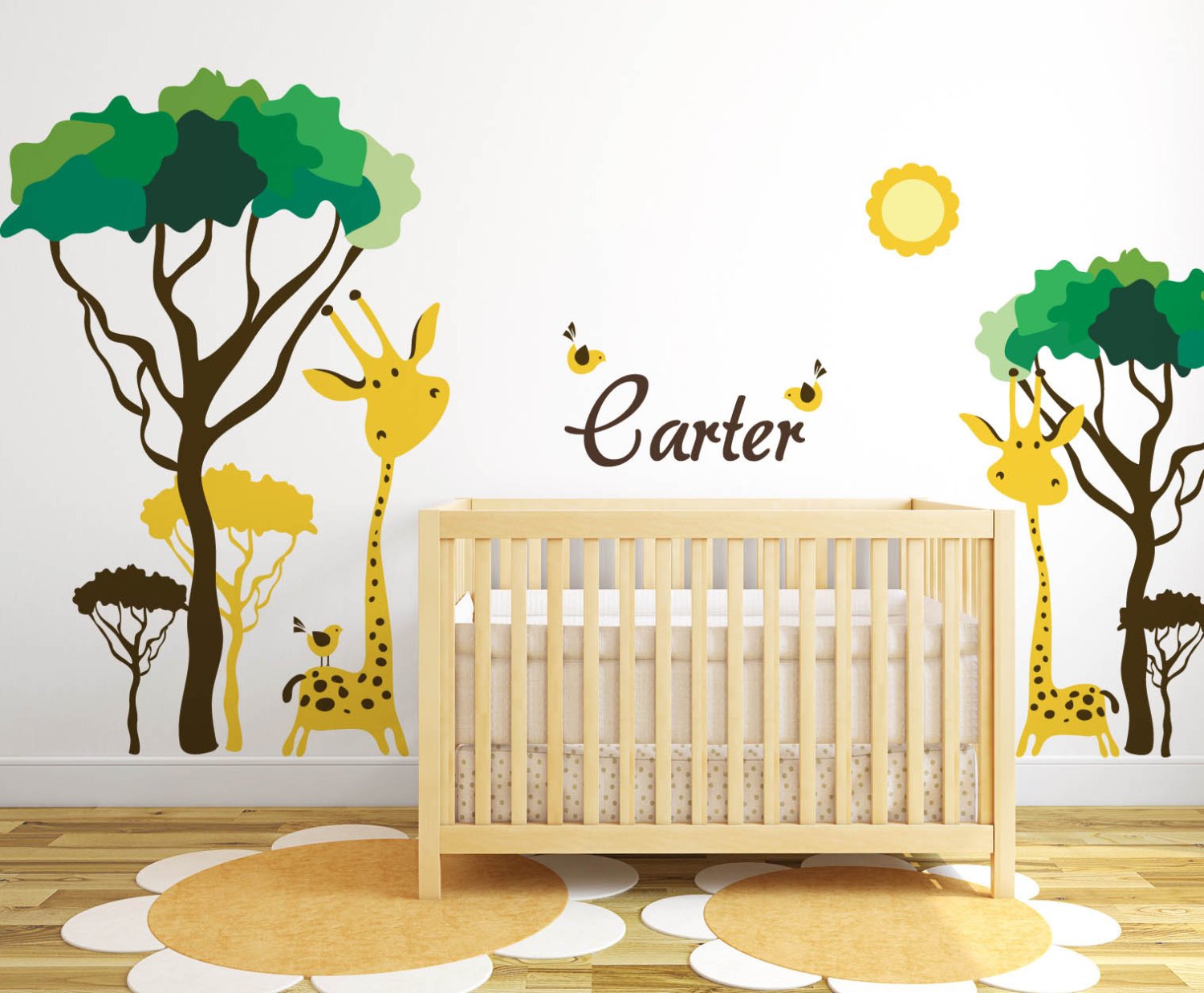
If you prefer earthy neutrality and you are not sure if they are suitable for kindergarten design, think again. Earth neutral hues are trending as they are very quiet and grounding for kids and let their eyes rest so they are ready for sleep. Sustainability is a final issue too, and you can call your eco-friendly kindergarten with nature-inspired organic accessories to dig into your topic.
A soil nursery based on the following colors gives you the opportunity to add lighter details to your accessories:
- Cannon
- Light beige
- Light brown color
- Chocolate brown
5. White
An all-white kindergarten is a bit clinical and annoying, not to mention the tendency to stain! But the creamy white walls can be the basis for a junk chic decor with rustic furniture, upholstered furniture, and wine glamor accessories. White is the perfect backdrop for a charming hideaway for your little ones, but dress in harsh blues and whites and don’t overdo the creamy hues
- Soft ivory
- Old white
- Pearl white
- Cream
- Vanilla
6. Thoughtful gray
Gray is the perfect modern neutral and goes with almost any other color to make it even lighter. Used as a base, it means you can’t repaint as your baby gets older. You can easily remove furniture and accessories. In color psychology, gray is a calm color and stimulates contemplation.
Light or medium gray is a smart choice, and pastel colors of white, pink or purple, green, gold, etc. shouldn’t be bothersome when paired with gray walls. .
- Light blue gray
- Dove is gray
- Rapali is gray
There you have it, the six best nursery colors to help you shrink the endless possibilities! If you are planning on decorating a baby room, take your time and do your research and look for all the design options in the nursery. Do not just take what is fashionable or how you think the nursery should be decorated. First of all, you need to choose the color because you will spend a lot of time at home with your little one. If you get it wrong, it will mean a lot more cost and energy if you decide to paint again.
What Color Should The Nursery Be And Why Does It Matter?
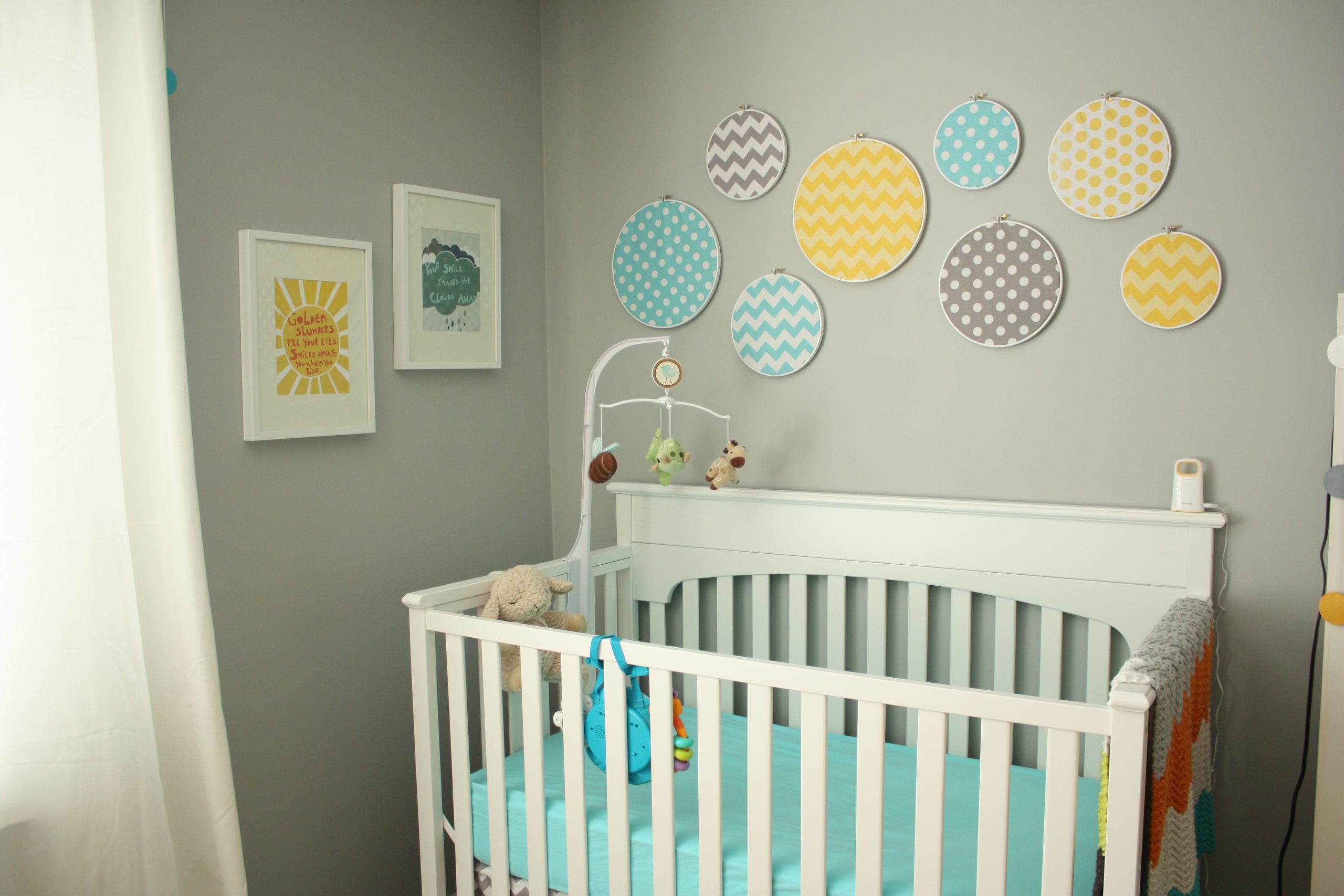
As if this were a prelude to a life full of souvenirs, the months of pregnancy regularly pose a lot of questions to potential parents. Bomb Are you planning on becoming a nurse or bottle feeding? What kind of diapers would you use? What’s the name of the baby? Did you choose the colors of your child’s room? Where does he go to college?
Since most of these questions are beyond the scope of this blog, let’s take a look at the simple questions. What color should your baby’s nursery paint?
Thanks to decades of planned research and centuries of theories, many parents today can enjoy the many benefits of color combinations with a kindergarten that is perfect for their home, family, and emerging personality.
What are you waiting for? Personality?
Yes, personality. Children’s personality is also evident in the womb. You probably already know if your baby is a wild baby. If your unborn baby likes the chin on your collarbone, you can expect them to be a bundle of energy. If you keep wondering if your baby is okay, you have had a quiet dream just to reassure you that your OB or midwife is okay. Both are great, but knowing these personalities can be a guide to your kindergarten decisions.
How is that?
Color affects everyone. Since children’s brains are a blank canvas, the color can be stronger. The subtle effects of light evergreens or soft yellows can set a stage for all aspects of your child’s life, especially if it’s a color scheme that doesn’t change until they come out.
Color affects not only your baby, but you and your parents as well. It doesn’t seem like a big deal right now, but you’d be surprised what a sleepless night can do. When your head aches with fatigue and your back aches, the fiery red wall that suddenly unsettled your churches two months ago, and the poor kid suddenly throwing a frightening look at the parents staring at him.
What you need to know about color
Red
Red is the color of power. It is the color of passion, roses, kisses and blood. Generous spreading is a lot for the newborn, but it can go a little too far. Just like a bright red wall kills too much, tasteful use of a few touches of red can balance out the white, gray, and hospital blue colors to turn the dead space into a cheerful, tasteful place.
Orange
Orange is the color of fast food. Because it proves that the combination of red and yellow makes you hungry. If you are expecting a sleepless, lazy baby who may have weight gain problems, orange can be a stimulating color to help you out when he doesn’t wake up to eat. On the other hand, avoid oranges if you have a chin-up baby. Stay away.
Yellow
Yellow is the color of happiness. Do not exaggerate. Just as the sun is important to life and happiness, but our eyes cannot tolerate large doses, a small amount of turmeric is best. It’s in the middle of the spectrum and has a balanced color. So make sure there is a yellow focal point somewhere in the nursery.
Green
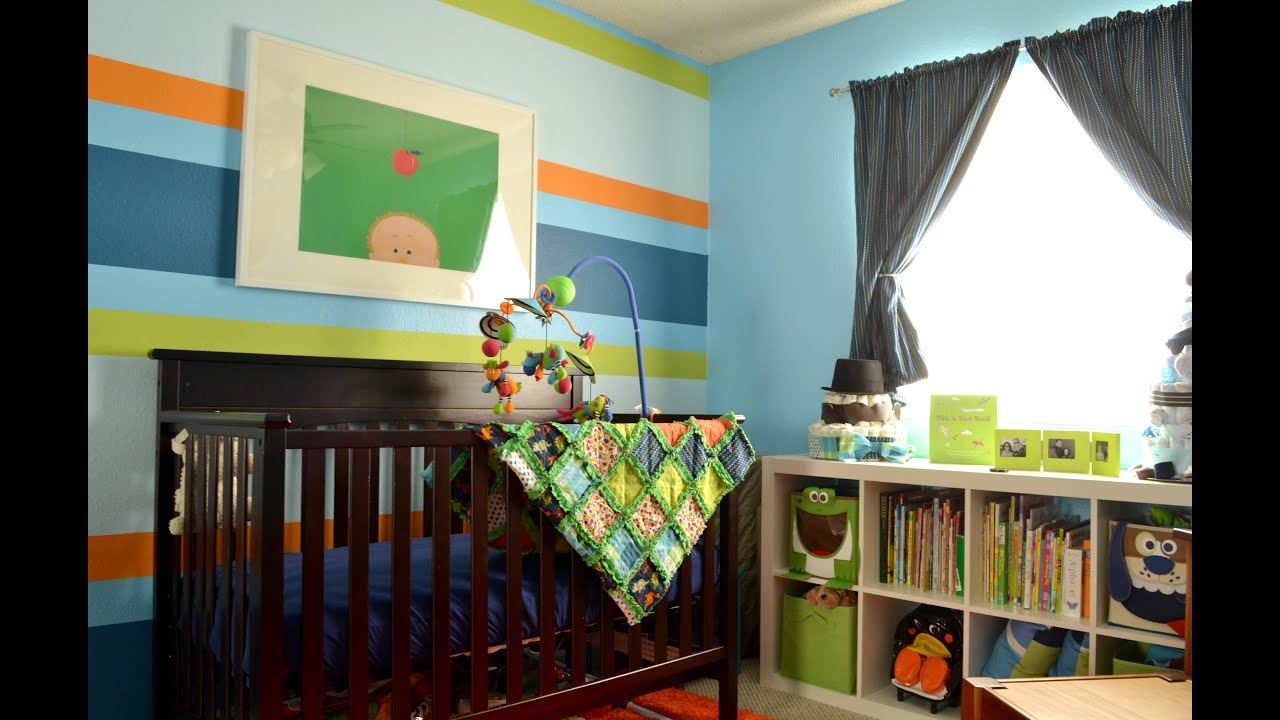
As the most famous color in nature, it recognizes that green is the simplest color in our eyes. It combines blue spirits with yellow spirits. Green hard to beat
Blue
Blue there and blue there. My parents once painted their dining room the most depressing blue you can imagine. It took less than twenty-four hours. If you go for blue, look for a touch of green and as little gray as possible. Unless you are getting a lot of white to fight back, you don’t want a bright royal blue. A great way to light up an ugly gray blue is to add cheerful highlights in yellow, orange, or red.
Purple
Purple is an unnatural color that is rarely found in nature. That is why this tradition is traditionally associated with kings. The tasteful use of purple can be particularly beautiful in combination with rich, silky fabrics. It is more famous in the particular shade in which it carries the same sensations as red and blue.
White
White called in the nursery, “Look at the domain of the perfect mother.” Since perfect mothers turned out to be fictional, White says they are insecure and have something hidden – like spit marks under a glider. If you have to go for white, be nice and don’t flip your perfection to see mom’s friends. You won’t visit often.
Brown
Brown is a great color for a cowboy or farm room. Even a rustic girl look goes well with brown. They make sure that you keep things natural and not look too soft or perfect.
Some thoughts
My first nursery was the perfect white evergreen blue. It was wonderful. In the scorching heat it felt cool and only walking was comfortable. My child started to be a calm, calm person. Did that have something to do with my choice of color? I don’t know, I know, I couldn’t be more precious with him at any moment, no matter why the walls were colored. Remember and enjoy the trip!
